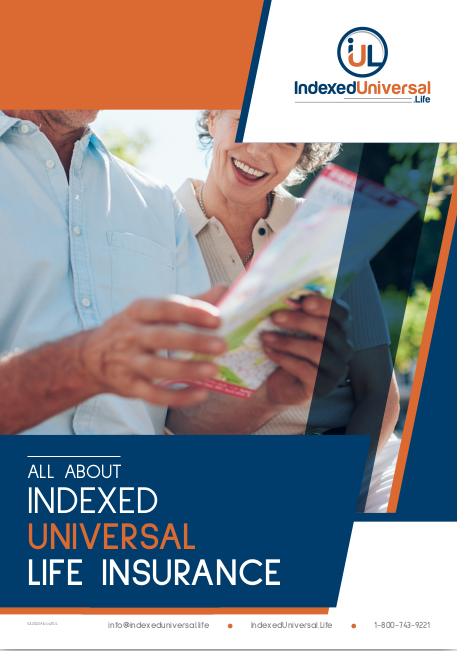
If you purchase life insurance for the first time, you may likely be confused and overwhelmed. You may hear terminologies that are unfamiliar to you during this procedure. You can understand all of the relevant phrases with just a little research. If you wish to investigate insurance, you can make an orderly approach by following the recommendations below. This article will assist you in selecting the coverage that best meets your requirements.
Understand Why You Need Life Insurance
To begin with, keep in mind that purchasing life insurance is a personal decision made after careful consideration. Purchasing a policy only on another person’s advice is not brilliant. Similarly, don’t buy insurance coverage based on television or Internet advertisements. Remember that not everyone requires this form of insurance.
What is life insurance?
With a life insurance portfolio, financial support is offered to the beneficiaries of the loved ones upon death. When you obtain a life insurance policy, you enter into a contract with the insurer stating that, in exchange for premium payments, the insurer would pay the death benefit or lump sum to the beneficiaries. The ideal life insurance for you will be determined based on your financial goals, budget, and how much cash value you want to accumulate in a policy. This article will give due consideration to two categories of life insurance: term life insurance and whole life insurance.
Term life insurance policy
Term life insurance policy refers to coverage for a predetermined time, such as five, ten, or twenty years. When you purchase a term policy, you lock in your premium rate and death benefit for the term you choose. The death benefit is paid to the insured beneficiaries. However, your policy must be active, and you have paid your premiums regularly. The insurer will not pay the death benefit if you die after the expired policy.
In general, the longer the duration of your coverage, the higher your premium will be. Premiums also rise in price as you get older. Data have shown that a 22-year-old will pay less than a 50-year-old for an identical term life insurance policy.
Term life insurance policies are convertible in some instances. In other words, your insurance provider may allow you to change your term policy to a permanent one within a specific period after you purchase the initial one. When you convert your insurance, you are not obliged to take a medical exam or answer health-related questions. Although you can renew your term life insurance policy after it expires, you will almost certainly see an increase in your price.
Whole Life Insurance
Whole life insurance, also known as conventional life insurance, covers you for the rest of your life. This form of permanent life insurance coverage has a cash value component that can grow tax-deferred value. However, the actual value of the policy varies depending on the insurance firm. Some companies, for example, may base the accumulation on premium payments (minus expenses), whereas others may not.
The policy’s cash value can be accessed while still alive by taking out a loan or withdrawing funds to pay for needs such as college tuition or house improvements. However, removing monies from the account may lower your death benefit, leaving less money for your beneficiaries. Interest will be accrued on the amount borrowed from the cash value until the loan amount is returned. If you don’t pay back the loan, your death benefit will be reduced by the amount owed.
Life insurance premiums
A premium is the sum of money paid regularly to an insurance company by the insured to pay for risk coverage. The cost of an insurance policy is determined by several factors, including the type of policy and the amount of coverage desired. Other factors considered by insurers for determining coverage premiums include:
• Your age and gender.
• Current health and medical history.
• Usage of tobacco products.
• Current occupation.
Depending on the insurer and coverage you select, you may be required to take a medical exam or complete a questionnaire about your health and lifestyle before purchasing insurance. The information provided may determine the premium payable to the insurance company.
For instance, a 30-year-old woman who does not smoke and is in average health should pay roughly $87 per month for the premium on a 30-year term life insurance with a $1 million death benefit. A 30-year-old man in comparable health would spend approximately $104 per month for the same policy. If the same 30-year-old lady sought universal life insurance, she’d have to pay much more. The average monthly premium for a $1 million coverage is around $391.
According to data, if she sought a whole life policy again, the average premium for $1 million in coverage would be about $667. A similar 30-year-old man who does not smoke can expect to spend $457 for a universal life policy and $791 for a whole life policy for a $1 million policy.
Life insurance rates are often higher for men than women, and there’s a simple reason for this: risk. Insurance rates are determined by several variables that were stated. Life insurance premiums can be less expensive for women since they live longer and are viewed as having lesser risk.
It is essential to get life insurance to protect your loved ones financially in the event of your death, or it can be used to offset funeral expenditures, pay off debt, and settle tax liabilities. In the end, life insurance is a highly personal decision, and your premiums will be based on an evaluation of your particular risk factors. One item to consider is how insurers evaluate the risk for men and women. Comparing life insurance quotes will help you choose what kind of policy is right for you and how much coverage you require.
Contact Information:
Email: [email protected]
Phone: 5023226580





